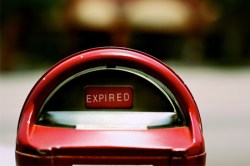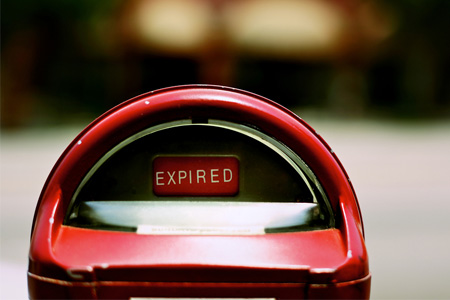
Photo by Shutterstock.
There’s a wonky academic theory that if you raise parking meter prices enough, eventually, there will always be one parking spot free on every block. It’s like park-topia, a place that glistens in the near future of urban planners’ imaginations. Well, San Francisco is trying it, and the prices are getting higher and higher without a “sweet spot” for some hot blocks. In some areas, you can now expect to pay as much as $5.25 an hour.
The strategy, called “dynamic pricing,” is something we’ve been keeping our eye on at Transportation Nation because, if it works, it could mean less traffic, faster (and maybe fewer) car rides into downtowns, and overall smarter transportation systems. The crux of the experiment relies on 1) real-time data about who is parking where and 2) the ability to change rates for different streets to ease congestion and spread the parking around.
The San Francisco Municipal Transportation Authority launched the pilot project in 2011, using data from parking meters to create an app that lets drivers see where the available spots are in some of the city’s densest neighborhoods. The argument is that if drivers know exactly where to find a place to park, they won’t have to circle in search of a spot, which will make drivers less frustrated, make the streets safer, reduce pollution, and give public transit more room to maneuver. Theoretically, even if it costs more it will still be worth it in time savings. But … how much more?
Pricing for parking varies according to demand: Right now you can pay anywhere from $.25 to a current maximum of $5.25 an hour, depending on where and when you park. The ultimate goal is making sure that there’s always at least one available spot on the streets involved in the pilot.
In most places, it seems to be working. SF Gate reports that fewer than 2 percent of meters are pushing the price limit. The most common prices are below $2 an hour.
But there are exceptions – streets where the price has hit the ceiling but there is still no place to park. A recently approved rate increase, bumping the ceiling to $6 an hour, could help that. It’s unclear how the city would adapt the SF Park plan if even this doesn’t work on peak streets.
There are special exceptions to the $6 cap, however, like during big events or ball games. For those, meters can hit $18 an hour. The program is adaptable after all.



